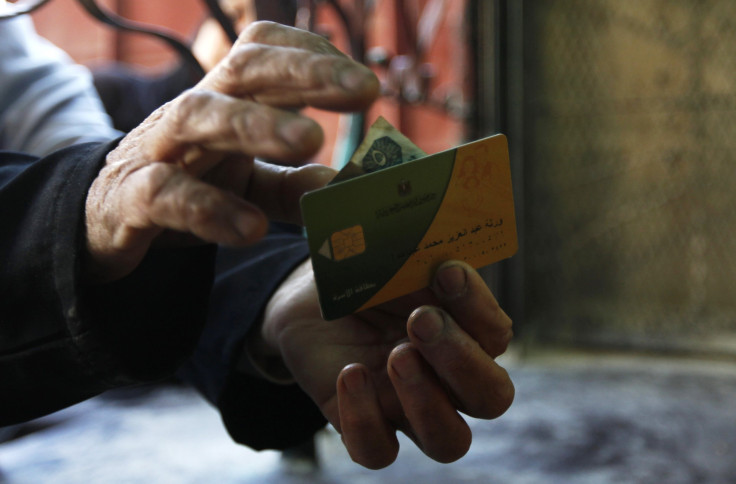US Poised To Join Rest Of The World In Adopting Modern ‘Smart Chip’ Credit Cards, But Many Merchants Don’t Have EMV Scanners

The U.S. is finally joining the modern world of credit- and debit-card security. American consumers have been mailed new cards like those millions of their peers around the world have had as long ago as the 1990s: so-called smart cards with embedded chips that have been proven to cut down on fraud everywhere they’ve been introduced.
With a new standard becoming effective Thursday that will shift liability for card fraud to merchants that don’t upgrade to the new system, Americans soon will begin to see more of their fellow customers dipping their cards instead of swiping them in checkout lines.
“In countries that have moved to chip technology, two years after the liability shift date, they see their counterfeit go down 60, 70 percent or more,” Stephanie Erickson, head of authentication product integration for Visa Inc., the world’s largest payment processor, told NBC News.
The new cards are embedded with chips that employ so-called Europay, MasterCard and Visa (EMV) technology. Widely deployed in Asia, Europe and the Middle East, EMV-enabled cards use a process called tokenization, which creates a unique code for each transaction, as opposed to the process centered on one code embedded in the magnetic strip of a card familiar to most Americans, but that most Europeans ditched about 20 years ago.
Thieves can secretly scan a magnetic strip to make a physical copy of an old-school credit card. With a chip-embedded card, however, the transaction-code data become obsolete after each purchase and a new code -- or token -- is created for the next purchase. This neuters the most common form of credit- and debit-card fraud.
But the comparatively new purchasing process in the U.S. is slightly different from the old one, most notably by taking a few seconds longer. Instead of a buyer swiping a card with a magnetic strip through a reader, he or she will dip an EMV card and hold it in place for a few seconds so that a token can be created to facilitate the transaction.
A recent Associated Press-GfK poll showed that only about 10 percent of Americans had received the new cards. Among those who have received the new cards, about one-third continue to opt for the magnetic swipe over of the dip. The new cards are compatible with both traditional card readers and new specialized scanners, so the possibility of fraud remains with the new cards in cases where consumers and merchants still use the old system.
American merchants are not quite ready for the transition, either. A Wells Fargo report released last month shows that less than one-half of small businesses are aware that they’ll be liable for fraudulent transactions using magnetic-strip scanners come Oct. 1. About one in five small businesses say they don’t plan to shift over to EMV card readers, which cost as much as $1,000, while about one in three say they plan to do it sometime after the new standard goes into effect.
“Business owners are seeing the chip and investigating what it is,” Ian Gibson, a Spokane, Washington-based director of Central Payment Washington, which processes transactions between businesses and banks, told the Spokane Journal of Business. But, he added, “The last thing they need is another issue with a piece of technology in their business.”
© Copyright IBTimes 2024. All rights reserved.






















